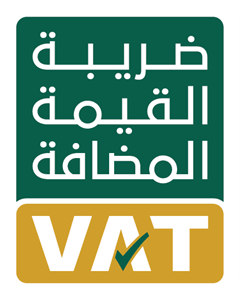Arabic letters can look similar, especially for beginners. MasterStudy introduces the alphabet with:
Color-coded letter groups (by shape or sound)
Stroke-order animations for writing practice
Visual comparisons to help you avoid confusion (e.g., ب vs. ت vs. ث)


